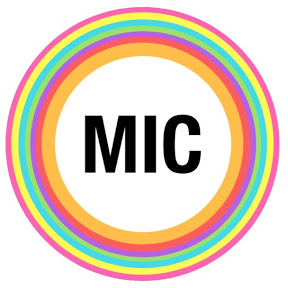

The Amelie A. Wallace Gallery at SUNY College at Old Westbury hosted an art exhibition titled Howls that Wake Us in the Night, featuring artist Kenny Feldsott’s paintings.
The exhibition had nearly forty paintings and works created by Feldsott. The paintings reflected topics of postcolonial traumas, violence, and human redemption.
Emerald Arguelles, an independent publisher of contemporary art, interviewed the artist and posted an article on her website, aint-bad.com.
One of Arguelles’ questions was “How has traditional medicine influenced your work?” Feldsott said, “For me, art acts as a medium or translation between the visible and the invisible world. It’s a conduit for all kinds of experiences to translate and become embodied somehow, whether that’s music or spoken word or dance or visual arts or conceptual art-whatever it is, there’s a translation of what is almost untouchable. Art triggers in us a kind of knowledge or understanding. Art, in its best ways, inspires us and cleans away the cobwebs that dull us and challenge us.”
Feldsott, in full Yisrael K. Feldsott, is a California painter, sculptor, and shaman who has been creating art for almost fifty years. At the age of 17, he enrolled in the California College of the Arts (CCA). Then, without holding an undergraduate degree, he received an MFA.
He worked on ecological restoration and cultural preservation initiatives in Central and South America, where he became a shaman and studied traditional medicine with local Indigenous populations.
Feldsott said during an interview at the 16th Annual LA Art Show that his artistic inspiration comes from “many artists from all over the world [that] have inspired [him] in places where [he has] been or seen out on the streets… and everything from Picasso to people’s names you wouldn’t even know.”
The artist combines elements of street art and modern art to produce a distinctive style and offer a sense of morality in the middle of an unending crisis.




